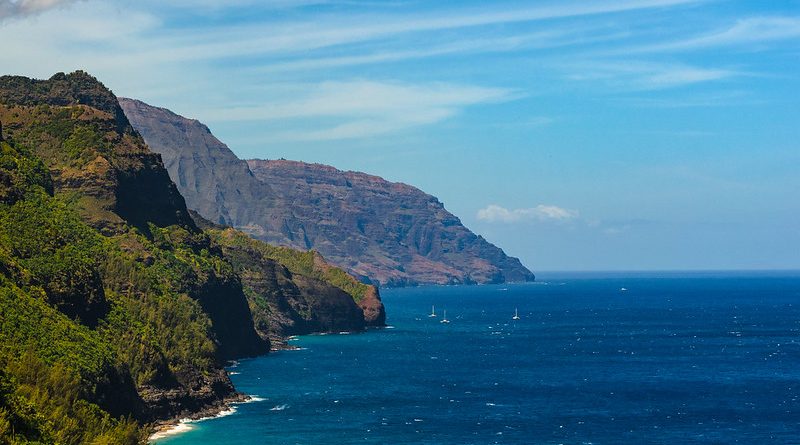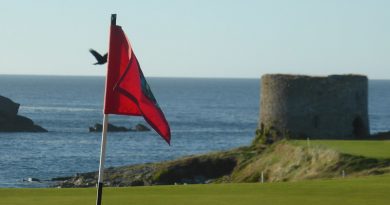THE NA PALI COAST
Kauai, the Garden Isle, is famous for its deep green rainforests, huge canyons and breath taking beaches. As the oldest of all the Hawaiian Islands, it has had the most time to develop a lush diversity of flora and fauna. Many endemic plants and birds are found on Kauai, which exist nowhere else on earth, and many endangered species have found refuge on and off Kauai’s shores. Kauai is home to more tropical bird species than any of the other islands, over 80 species nest on the island and 21 of them are exclusively native to Kauai. Since 90% of the island interior is still left pristine and unobstructed, it is no wonder that Kauai’s flora and fauna thrive here.
Kauai is home to one of the beautiful state parks America has to offer: the Na Pali Coast. A breath taking wilderness area on the north shore of the island, it stretches along 12 miles of undeveloped shoreline. The cliffs provide a rugged grandeur of deep, narrow valleys ending abruptly at the sea; plenty of waterfalls cut these narrow valleys with swift flowing streams. Since much of the Na Pali coastline is inaccessible, there are only three ways to see the stunning scenery: by air, by boat or by hiking in. The famous Kalalau Trail provides the only land access to this part of the rugged coast. The trail traverses 5 major valleys before ending at Kalalau Beach where it is blocked by sheer, fluted cliffs. The 11-mile trail is graded but almost never level as it crosses above towering sea cliffs and through lush valleys. The trail drops to sea level at the beaches of Hanakāpiʻai and Kalalau, each containing camping areas.
Na Pali gives a glimpse of how the islands once were before Westerners arrived. Extensive stone walled terraces, house platforms and temple structures can still be found on the valley bottoms where Hawaiians once lived, farmed, and worshipped. It was home to hundreds or possibly thousands of native Hawaiians, who occupied the Kalalau Valley. Because Hawaiian history was passed down orally, there is no written record of how many It In 1821, one of the earliest written records of the Na Pali documents seeing approximately 70 inhabitants fishing along the shoreline of Nu`alolo Kai.
Nu`alolo Kai is an ancient Hawaiian fishing village, only accessible by boat and then by walking (boats must have permits). This small land area is backed by sheer cliffs and was useful to Hawaiians because of its protected reefs. The area contains a collection of cultural and archaeological sites, which are being discovered to this day. Archaeological evidence suggests that Nu‘alolo was continuously occupied for 800 years, from the 12th through the 20th centuries. Some of the structures at Nu’alolo Kai are among the most impressive along the Na Pali coast. Being one of the first sites in Hawaii to have been studied extensively by archaeologists, surveys of Nu`alolo Kai reveal remnants of structures of impressive complexity and sophistication.




